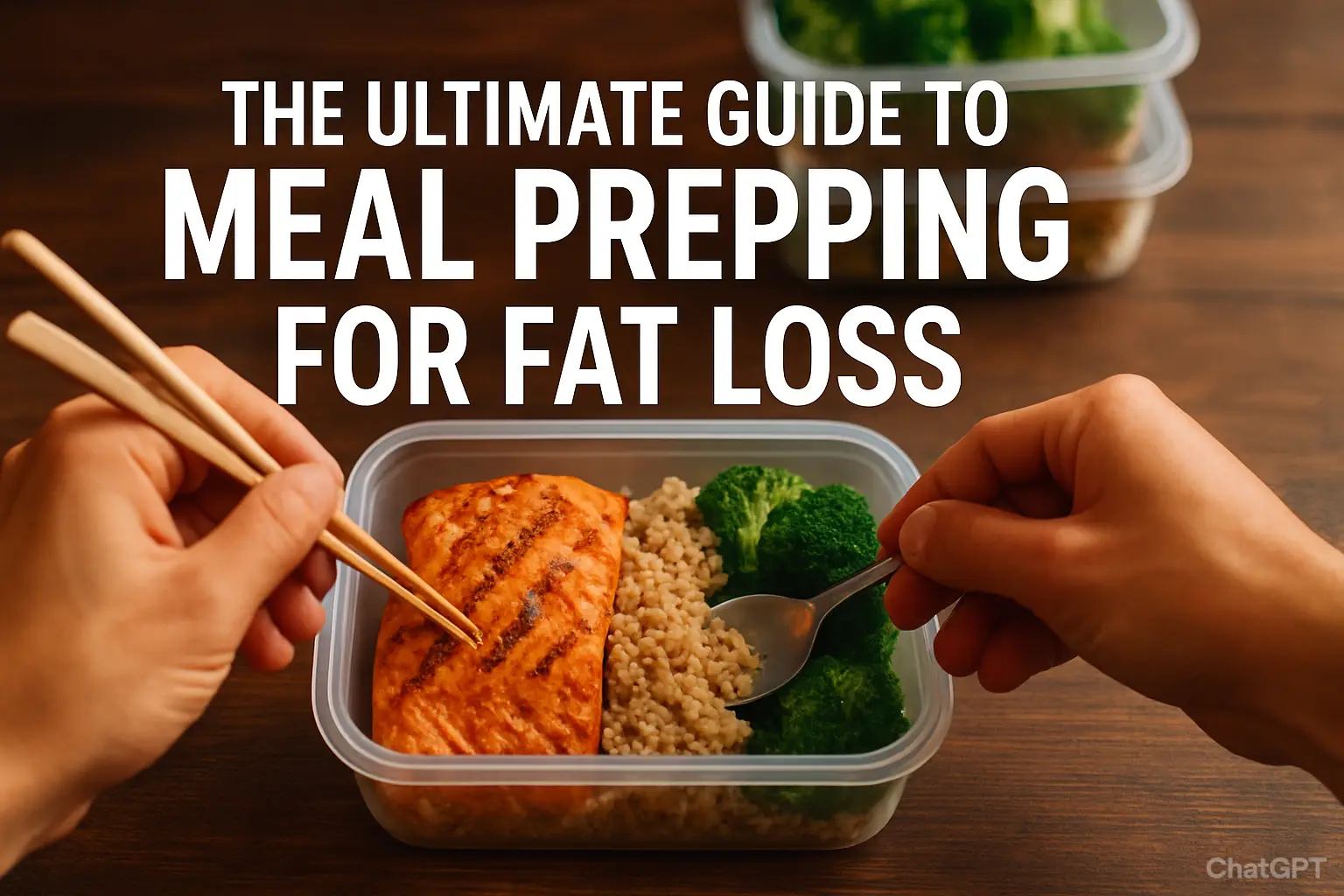
Meal prepping is the single most powerful tool for achieving fat loss. It transforms healthy eating from a daily struggle of willpower into a simple, automated system. By dedicating a few hours one day a week, you remove decision fatigue, ensure you always have a healthy option available, and make it incredibly easy to hit your calorie and macro targets. Here is your ultimate guide.
Step 1: The Strategic Plan
Success starts before you step foot in the kitchen.
Choose Your Meals: Decide which meals you struggle with most. For most people, this is lunch and weekday dinners.
Select Your Recipes: Pick 2-3 simple, scalable recipes for the week. Think in terms of components: a lean protein, a complex carb, and plenty of vegetables. Examples: grilled chicken, roasted broccoli, and brown rice; or seasoned ground turkey, black beans, and quinoa.
Make a Detailed Shopping List: Write down every ingredient you need. This prevents impulse buys and multiple grocery trips.
Step 2: The “Cook Once, Eat All Week” Method
Efficiency is key. Use your time wisely.
Batch Cook Proteins: Cook large quantities of 1-2 primary proteins (chicken breast, lean ground beef, fish, tofu).
Batch Cook Carbs: Make a large pot of quinoa, brown rice, or sweet potatoes.
Roast a Tray of Veggies: Chop a variety of vegetables (broccoli, bell peppers, onions, asparagus), toss in olive oil and seasonings, and roast them all at once.
Wash & Chop Fresh Veggies: Prep lettuce, cucumbers, and carrots for quick salads or snacks.
Step 3: The Assembly & Portioning
This is where you lock in your calorie control.
Invest in Containers: Get a set of good-quality, stackable glass or BPA-free plastic containers.
Portion by Weight/Calories: For absolute precision, use a food scale to portion your protein and carbs according to your plan. Eyeballing leads to underestimation.
Build Balanced Containers: Assemble complete meals, ensuring each has a protein source, a complex carb, vegetables, and a small space for healthy fats (like an avocado half or a drizzle of dressing added later).
Step 4: Smart Storage & Reheating
Refrigerate for the Week: Most prepped meals will stay fresh for 3-4 days in the fridge.
Freeze for Later: For meals you plan to eat later in the week, freeze them immediately to preserve freshness.
Reheat Gently: Reheat proteins and veggies gently to avoid drying them out. A splash of water before microwaving can help.
By following this system, you take the stress out of eating well. When a healthy, portion-controlled meal is just minutes away, sticking to your fat loss goals becomes effortless. Consistency in the kitchen is what drives transformation in the gym and on the scale.
